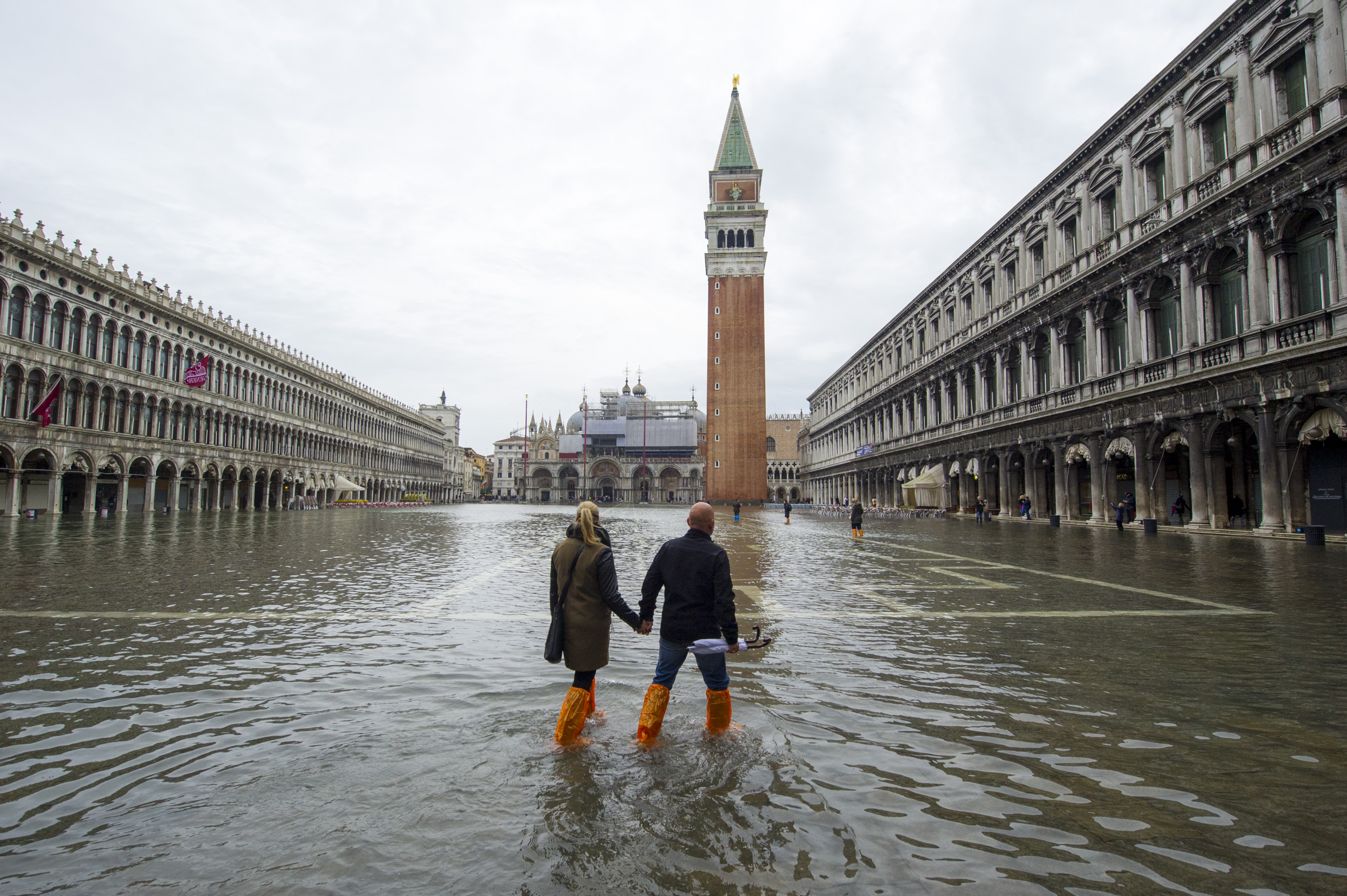
UNESCO, the United Nations’ cultural preservation branch, warned on Tuesday that dozens of world heritage sites around the Mediterranean are threatened by rising sea levels, soil erosion, and other environmental dangers.
A team of researchers led by Lena Reimann of Kiel University examined four climate change-related scenarios measured against different levels of carbon pollution reduction, and how they might affect global cultural heritage sites.
The findings, published in the scientific journal Nature Communications, revealed that even if global warming remains capped at just two degrees Celsius above pre-industrial levels, many cultural treasures in the Mediterranean region will be threatened. In fact, only two of the 49 UNESCO-recognized ancient cultural sites around the Mediterranean Sea are safe from climate change, the report found, and the organization admitted there are few options for shielding them from the elements.
The researchers ranked the city of Venice, the Patriarchal Basilica of Aquileia, and the Renaissance city of Ferrara and its Po Delta as the sites at the highest risk from rising sea levels. Meanwhile, Tyre in Lebanon, the archaeological sites of Tarraco in Spain, and the Ephesus in Turkey are the most at-risk sites from coastal erosion, according to the report.
“These World Heritage Sites are located along the northern Adriatic Sea, where extreme sea levels are highest as high storm surges coincide with high sea level rise,” the report concluded. “Sea level rise may become a larger threat to World Heritage Sites than a present-day once-in-a-century storm surge. Present day 100-year events in the Mediterranean may occur much more frequently, up to several times per year, by 2100.”
In 2013, the UN’s climate science department announced that ocean levels could rise by as much as 76 centimeters by 2100. However, more recent studies estimate that melting ice sheets may be affecting sea levels more than previously thought; the organization is expected to publish more detailed figures by September 2019.
Among the threatened sites, only a handful—including the Early Christian Monuments of Ravenna in north-east Italy and the Cathedral of St. James in Šibenik, Croatia—can be relocated, but not without compromising the surroundings that contribute to their appeal.